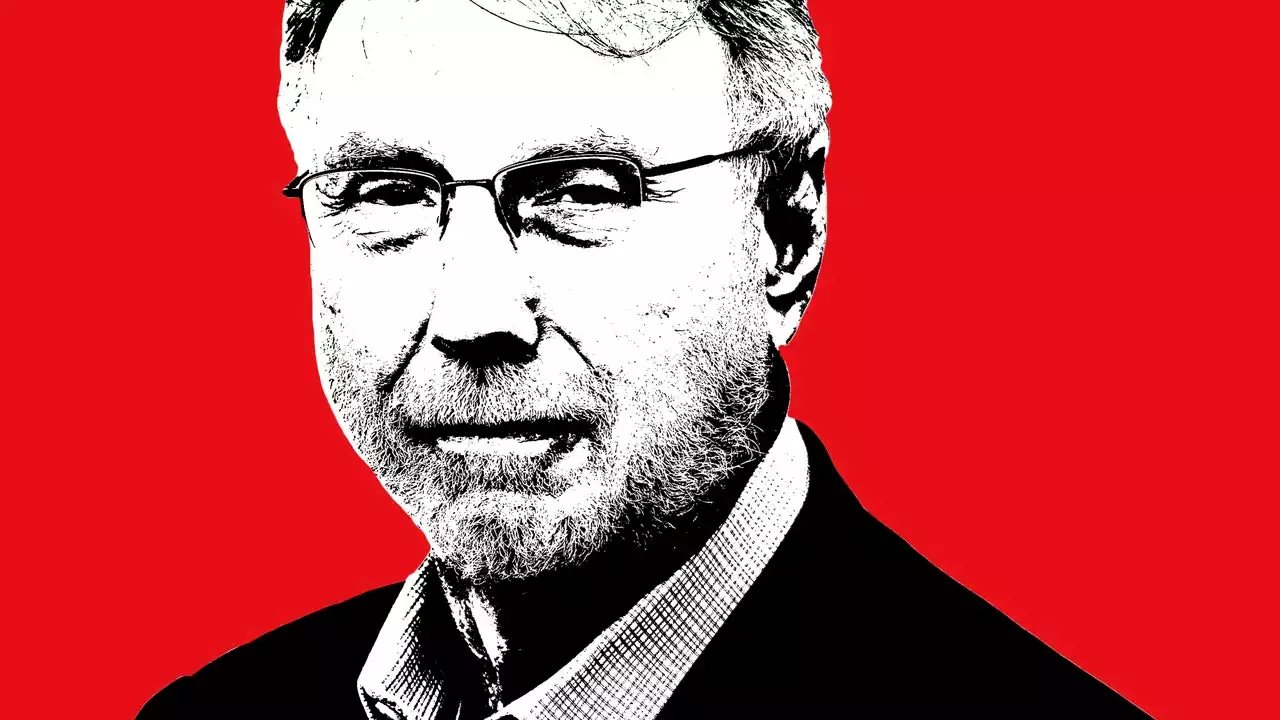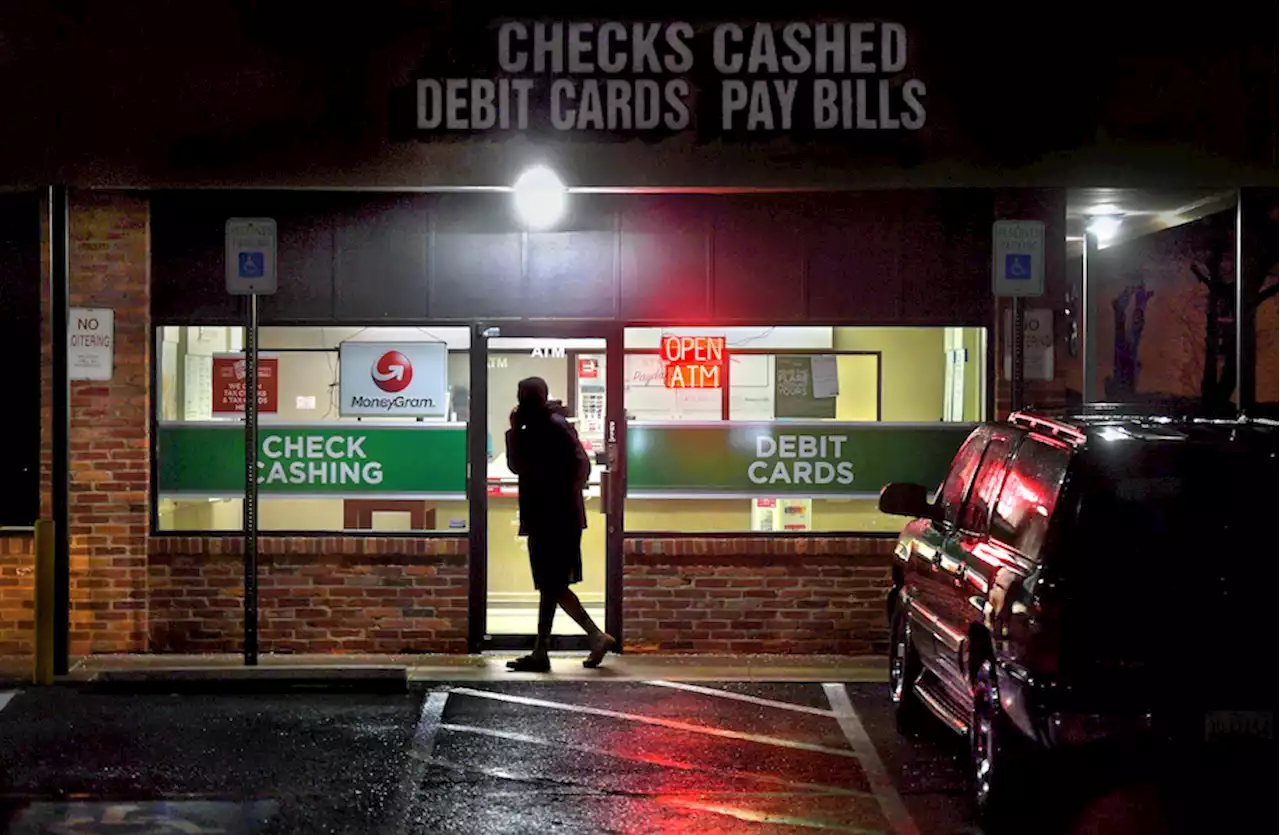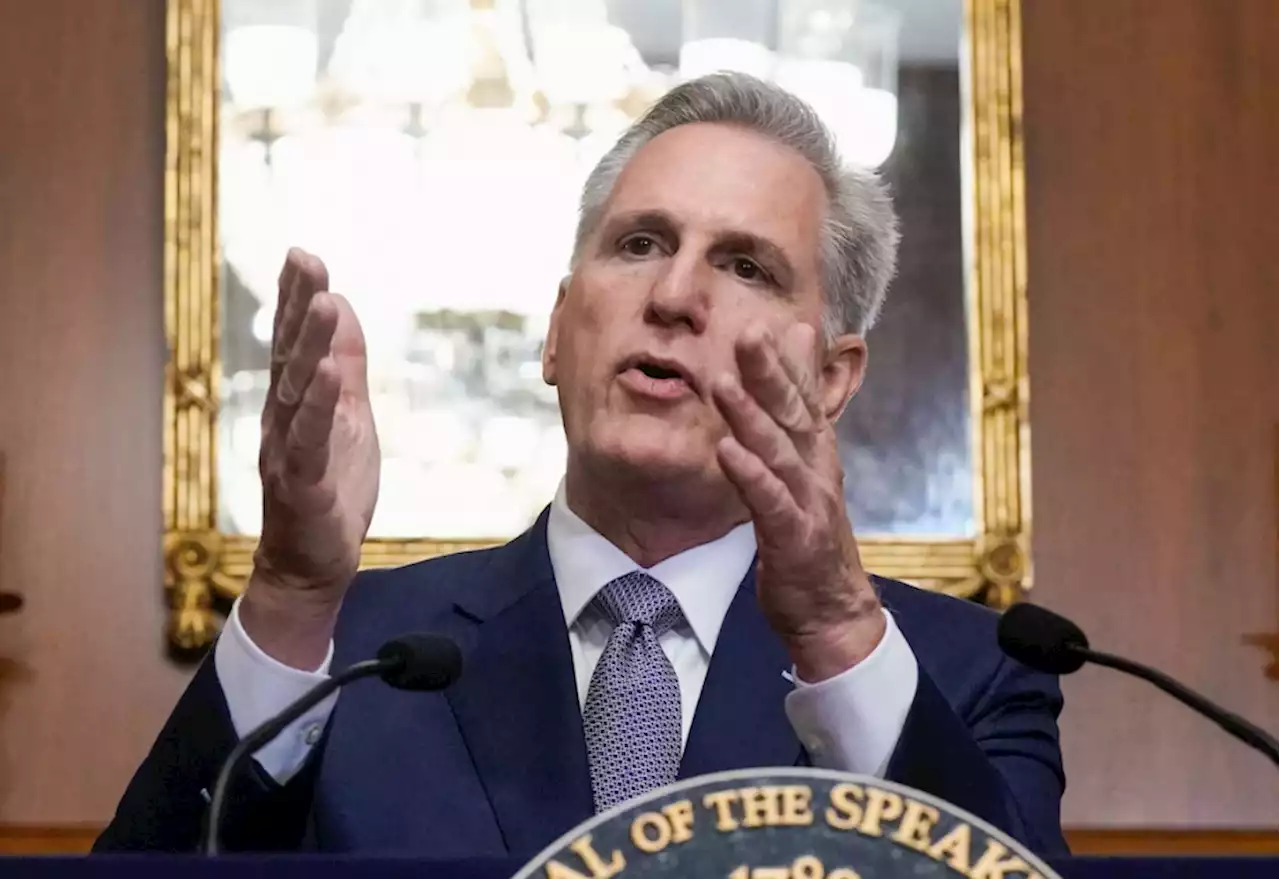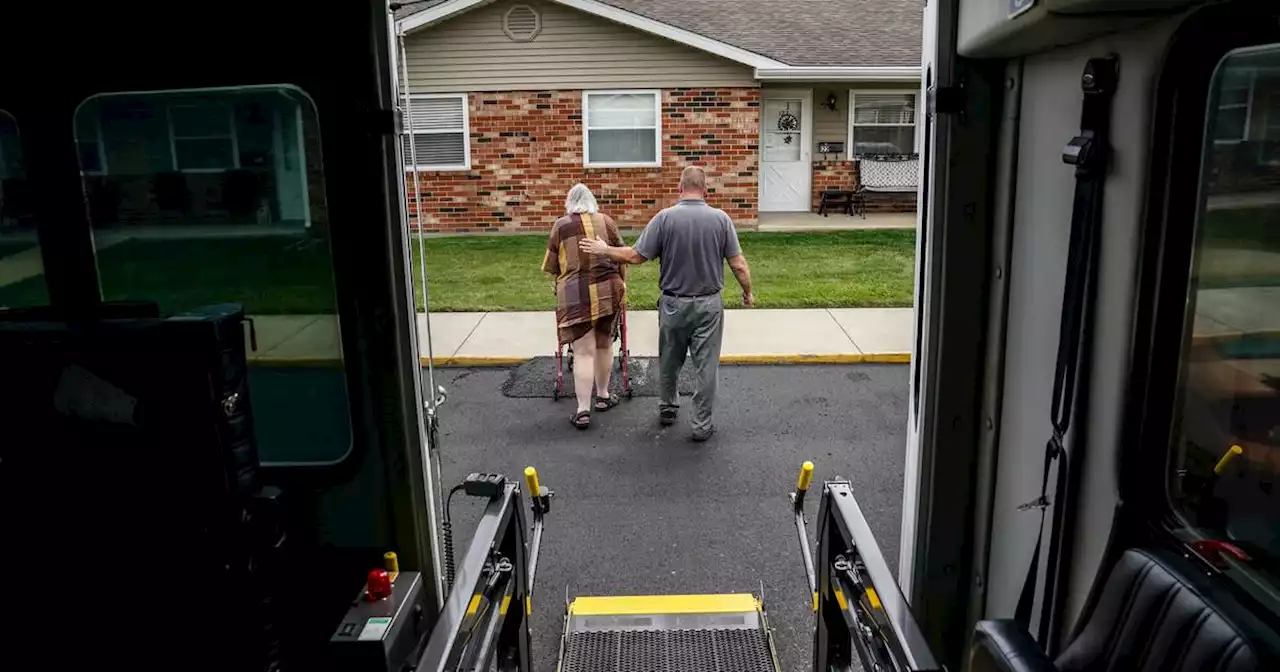Among people under 65, chronic illnesses erase more than twice as many years as overdoses, homicides, suicides and car accidents combined, a Washington Post examination found.
By Joel Achenbach, Dan Keating, Laurie McGinley, Akilah Johnson and Jahi Chikwendiu, The Washington PostScott Chasteen, transportation services coordinator for Decatur County Memorial Hospital, transports patient Marilyn Loyd, 70, to her home in rural Greensburg, Ind., in July. Forty years ago, many small towns and rural regions were healthier for adults in the prime of life.
This phenomenon is exacerbated by the country’s economic, political and racial divides. America is increasingly a country of haves and have-nots, measured not just by bank accounts and property values but also by vital signs and grave markers. Dying prematurely, The Post found, has become the most telling measure of the nation’s growing inequality.The mortality crisis did not flare overnight.
The Post interviewed scores of clinicians, patients and researchers, and analyzed county-level death records from the past five decades. The data analysis concentrated on people 35 to 64 because these ages have the greatest number of excess deaths compared with peer nations. Life spans in the richest communities in America have kept inching upward, but lag far behind comparable areas in Canada, France and Japan, and the gap is widening. The same divergence is seen at the bottom of the socioeconomic ladder: People living in the poorest areas of America have far lower life expectancy than people in the poorest areas of the countries reviewed.
She never went to the doctor, not counting the six times she delivered a baby, according to her eldest daughter, Desirae Holloway. She was covered by Medicaid, but for many years, didn’t have a primary care doctor. Tobacco looms large in this sad story. One of the signal successes of public health in the past half-century has been the drop in smoking rates and associated declines in lung cancer. But roughly 1 in 7 middle-aged Americans still smokes, according to the CDC. Kentucky has a deep cultural and economic connection to tobacco. The state’s smoking rates are the second-highest in the nation, trailing only West Virginia. Holloway began smoking at 12, Desirae said.
Desirae Holloway sits with her daughters Aliana and Ahmya at Gallrein Farms in Shelbyville, Ky., in September. Her mother and brother died within months of each other this year. Washington Post photo by Jahi Chikwendiu The rise of life expectancy became the ultimate proof of societal progress in 20th century America. Decade by decade, the number kept climbing, and by 2010, the country appeared to be marching inexorably toward the milestone of 80.Partly, that is a reflection of how the United States approaches health. This is a country where “we think health and medicine are the same thing,” said Elena Marks, former health and environmental policy director for the city of Houston.
In 2021, according to the CDC, life expectancy cratered, reaching 76.4, the lowest since the mid-1990s. In 2015, Princeton University economists Anne Case and Angus Deaton garnered national headlines with a study on rising death rates among White Americans in midlife, which they linked to the marginalization of people without a college degree and to “deaths of despair.”
However confusing it may be, the life expectancy metric is a reasonably good measure of a nation’s overall health. And America’s is not very good.The Jeffersonville, Ind., waterfront, with the Louisville skyline at top right. The Louisville metropolitan area includes urban, suburban and rural communities that have health challenges typical in the heartland. Washington Post photo by Jahi Chikwendiu
This summer, huge crowds gathered on the south bank of the Ohio for free concerts on Waterfront Wednesdays. Looming over the great lawn is a converted railroad bridge called the Big Four, which at any given moment is full of people walking, cycling or jogging. Rates of heart disease, lung ailments and liver failure all were worse in the region compared with national trends. The same is true of car accidents, overdoses, homicide and suicide.James Dunbar, left, 28, and Josh Vincent, 29, at La Catrina Mexican Kitchen in New Albany, Ind., in June. Both men say there are health issues in their families. Washington Post photo by Jahi Chikwendiu
Lohano, an endocrinologist whose practice sits a short drive north from Louisville, says he has “seen two worlds in my lifetime.” Obesity is one reason progress against heart disease, after accelerating between 1980 and 2000, has slowed, experts say. Obesity is poised to overtake tobacco as the No. 1 preventable cause of cancer, according to Otis Brawley, an oncologist and epidemiologist at Johns Hopkins University.
Instead, experts studying the mortality crisis say any plan to restore American vigor will have to look not merely at the specific things that kill people, but at the causes of the causes of illness and death, including social factors. Poor life expectancy, in this view, is the predictable result of the society we have created and tolerated: one riddled with lethal elements, such as inadequate insurance, minimal preventive care, bad diets and a weak economic safety net.
Public health experts point to major inflection points the past four decades - the 1990s welfare overhaul, the Great Recession, the wars in Iraq and Afghanistan, changes in the economy and family relationships - that have clouded people’s health. Health care is “the only business that doesn’t reward for quality care. All we reward for is volume. Do more, and you’re going to get more money,” Imburgia said.
He was born and raised in Lake Charles, La., when Black families like his in the Deep South had to navigate the racism of the Jim Crow era. But Manuel talks of his blessings. Two loving parents who worked hard. Friends who stayed close for life. A deeply satisfying career.For now, it is a challenge to simply get across the room and answer his front door in Louisville’s West End. He needs a walker to get around. Even then, he’s huffing and puffing.
“Might not have had a lot of money in the bank, but we had food on the table,” he recalled. “We had all kind of Cajun dishes. Gumbos. Everything with rice. Rice and gravy. Steak and rice. Potato salad. Macaroni and cheese, baked beans. Traditional red beans, black-eyed peas. All that traditional cholesterol, heart-jumping dishes.”
After he stopped working about seven years ago, he briefly qualified for Medicaid. But then he began collecting Social Security at 62, and his income exceeded the Medicaid eligibility limit. She remembers when Manuel had more mobility. He could still dance. She is praying he will be able to dance again someday.
In Kern’s family, long lives are not common. Both her parents died at 64. Her father, a truck driver, had diabetes, suffered mini-strokes and died after failing to wake up following a surgical procedure. Her mother died when a blood clot came loose, she said. An uncle died at 64, too, and an aunt at 65.
At the hotel, she is the friendly face at the front desk or smoking a Marlboro Light outside. Guests checking in may notice a pendant around Kern’s neck featuring a photograph of a young man.Donnie DeJarnette was her firstborn. He was a technician at a car dealership, and had become a father in November 2020. He had long suffered from headaches, his mother said. He had medical insurance but couldn’t afford the co-pays and didn’t see doctors. On Jan.
“Cardiovascular disease, cancers, asthma, diabetes, it’s all higher two- to threefold west of Ninth Street,” said Kelly McCants, a cardiologist and head of Norton Healthcare’s Institute for Health Equity in Louisville. He was referring to the unofficial boundary between the West End, whose residents are mostly African American, and the rest of the city.
“I’m limited,” he said, shaking his head. “I can be the best doctor ever. Her surgery went well. We got her through all of that. But now she could be readmitted to the hospital because of the housing situation.” One of her longtime patients is Regina Riley-Smith, a 48-year-old working at a General Electric factory, putting hinges on refrigerators. She rises weekdays at 3:45 a.m. to be on the line at GE, clocked in, at 5:35 a.m.
“She stays on my diet,” Riley-Smith said of her doctor. “I’ve backed off the drinks, the sodas. The main thing she’s working on is stopping smoking.”Narcisse, listening to her patient, smiled and said, “I want you to live long. A lot of people are counting on you.”“I feel like I’m short-lived,” she said. “That’s why I live life to the extreme every day. I try not to be angry with nobody. Because I don’t know if I’m going to wake up the next morning.
The walls in Janet DeArk's house in Jeffersonville, Ind., are covered with photographs of her late husband, Bruce. Washington Post photo by Jahi Chikwendiu
United States Latest News, United States Headlines
Similar News:You can also read news stories similar to this one that we have collected from other news sources.
 Scott Vance promoted to managing editor of The Washington PostScott Vance, a longtime editor who joined The Post in 1995, will oversee international, business, tech and sports coverage, executive editor Sally Buzbee announced.
Scott Vance promoted to managing editor of The Washington PostScott Vance, a longtime editor who joined The Post in 1995, will oversee international, business, tech and sports coverage, executive editor Sally Buzbee announced.
Read more »
 Decoding Marty Baron’s Secrets for Reviving the Washington PostThe former editor’s new book has some lessons for the press.
Decoding Marty Baron’s Secrets for Reviving the Washington PostThe former editor’s new book has some lessons for the press.
Read more »
 Marty Baron, Lionized and Lambasted at The Washington Post, Has a Story to TellSitting down with Vanity Fair in his Berkshires home, the celebrated former Post executive editor gets candid about his new memoir, in which he opens up about staff unrest, Jeff Bezos, and Donald Trump: “The press is still struggling with him in the way that the press in other countries has really struggled to cover autocrats.”
Marty Baron, Lionized and Lambasted at The Washington Post, Has a Story to TellSitting down with Vanity Fair in his Berkshires home, the celebrated former Post executive editor gets candid about his new memoir, in which he opens up about staff unrest, Jeff Bezos, and Donald Trump: “The press is still struggling with him in the way that the press in other countries has really struggled to cover autocrats.”
Read more »
 Supreme Court Set to Hear Challenge to CFPB Funding ModelSee multiple perspectives from Reuters, Wall Street Journal (Opinion), and Washington Post at AllSides.com.
Supreme Court Set to Hear Challenge to CFPB Funding ModelSee multiple perspectives from Reuters, Wall Street Journal (Opinion), and Washington Post at AllSides.com.
Read more »
 Gaetz Launches Bid to Oust McCarthy as House SpeakerSee multiple perspectives from Reuters, National Review (News), and Washington Post at AllSides.com.
Gaetz Launches Bid to Oust McCarthy as House SpeakerSee multiple perspectives from Reuters, National Review (News), and Washington Post at AllSides.com.
Read more »
 Have questions about dining out? Ask our food critic.Washington Post food critic Tom Sietsema entertains your dining questions, rants and raves.
Have questions about dining out? Ask our food critic.Washington Post food critic Tom Sietsema entertains your dining questions, rants and raves.
Read more »
